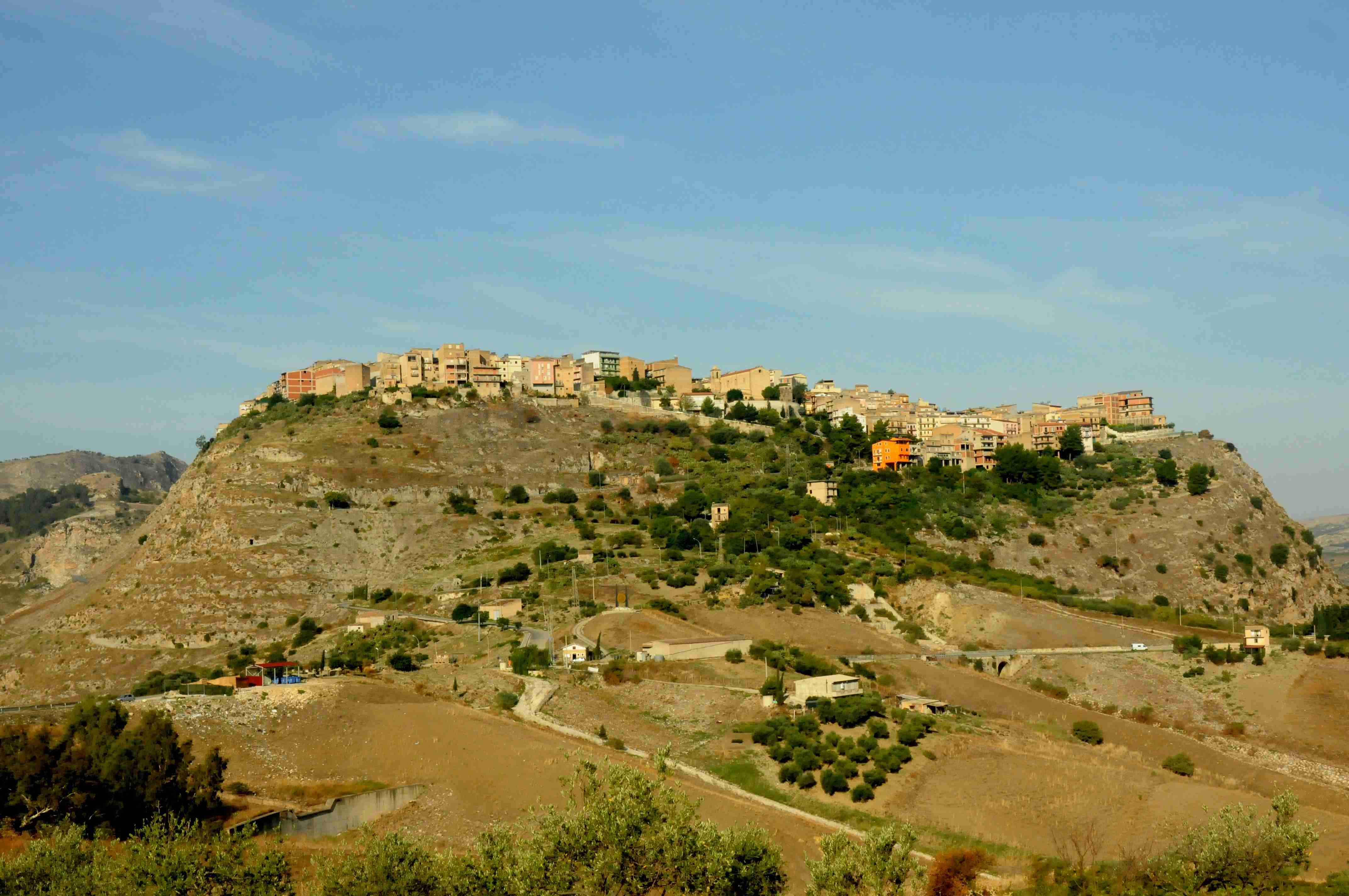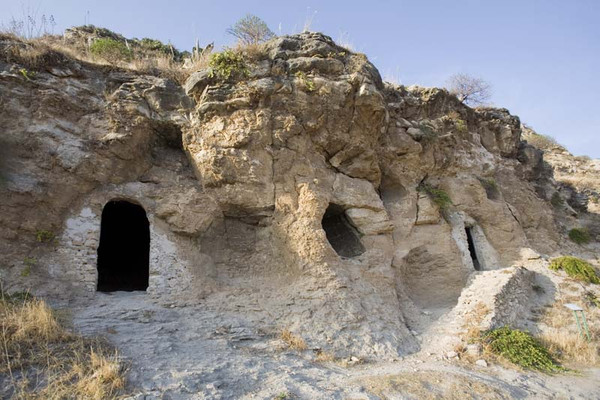
The small town has just over 2,000 inhabitants and is situated on top of a hill where many claim arose the ancient and mythical city of Camicos built by Daedalus and seat of the Sican king Kokalos. Indeed Sant'Angelo, as evidenced by the vast necropolis which has been subject to numerous excavations, has an ancient history and it is certain that the surrounding area was inhabited in the late Bronze Age, as artifacts dating probably around 1200 / 1300 BC They are still found in the tombs in the circular room with a domed ceiling (called tholos) scattered throughout the district. Here it was found an important necropolis sicana which is accessed facing a bumpy path carved into the rock. The Tomb of the Prince, with a diameter of 8.8 meters. and a height of 3.5 m. It is the largest of the group. Almost all tholos and of various sizes, the tombs contained grave goods of great value and interest, including two gold rings and some cups, one of which is currently on display at Britsh Museum in London. The whole area of Sant'Angelo Muxaro is strongly affected by karst and includes the presence of more than 200 speleological cavity including the Cave of the Water and Nature Reserve Cave Ciavuli. The latter also known as Grotta di Sant'Angelo, is about 1 km long. and inside it it flows a stream before spring north of the hill, forming a pool inside the cave itself. However, from a historical point of view, Sant'Angelo Muxaro does not differ from those events that were in many ways similar to other towns in the area. Or expelled Arabs, he began immediately the usual transfer of the site from the hands of a powerful family to another, beginning with the Chiaramonte finally the Pignatelli.
Monuments to visit
The monuments that can be admired in the old town are the Church Odigitria, already rite greek-Albanian, now of Carmel; in the public square is the Mother Church, XVIII century, dedicated to the Blessed Virgin.
Not to be missed
Visit to Muxar Museum - Foundation Guarino Amella. Piazza Guarino Amella, 5 - Tel. 0922 619 424
View from off Belvedere Valley Platani.
The visit to the Nature Reserve "Grotta di Sant 'Angelo Muxaro"

 Aromas and Flavors
Aromas and Flavors
 Nature Reserve - S. Angelo Caves
Nature Reserve - S. Angelo Caves

